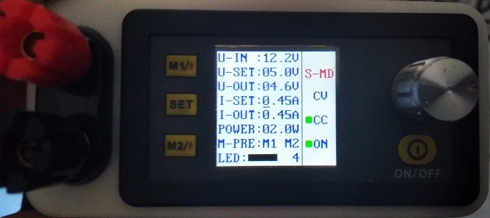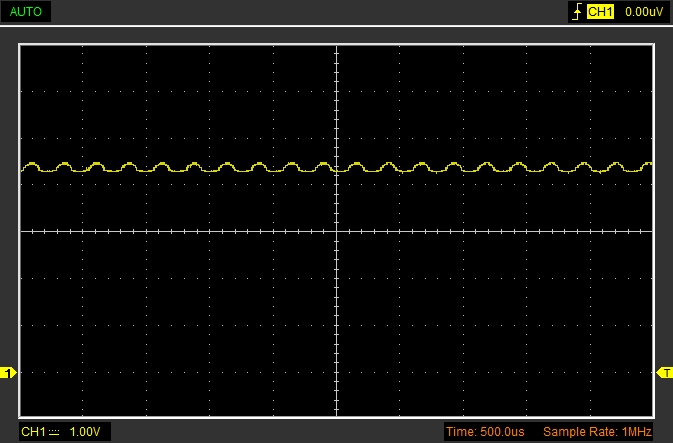Bench PSU
Summary
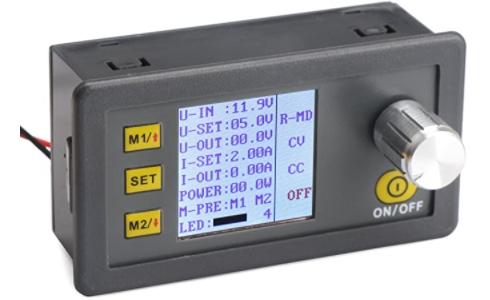
A bench PSU is a great tool for anyone who wants to start tinkering with electronics. Unfortunately, their price can easily reach north of 100€. This 40W PSU costs less than 20€ delivered! It is usually listed online as DP20V2A. It might not be as powerful as most bench PSUs but it can be a great tool for starters. In this page there are specifications for the unit, a section on building a case for it and a performance test.
Basic specifications
As stated by various sellers, the specifications of this PSU are:
- Maximum output voltage: 20V
- Voltage selection resolution: 0.01V
- Output voltage accuracy: +/- (0.5% + 1 digit)
- Maximum output current: 2A
- Current selection resolution: 0.01A
- Output current accuracy: +/- (0.5% + 2 digits)
- Maximum output wattage: 40W
- Input voltage: 4.5 - 23V DC
It should be noted that the PSU requires a DC input to operate. 23V is its absolute maximum rating and should not be exceeded. The PSU works in step-down mode and can supply voltages up to 3V bellow its input voltage. If 23V are applied to its input it will be able to output up to 20V at its output. If in stead a standard 12V wall adapter is used to supply the PSU, it will only be able to output up to 9V.
When specifying accuracy, "+x digits" means least significant digits of the display. In the case of voltage accuracy +1 digit would be 0.01V. As for the current accuracy, +2 digits corresponds to a 0.1A error. The percentage errors should be added to these constant values to estimate the total error for these outputs.
These specifications are not great but acceptable when factoring in the price of this unit.
Casing
The casing that was used for this unit was designed in Fusion360 and was 3D printed. Some extra components such as banana plugs and a switch were used for the casing.
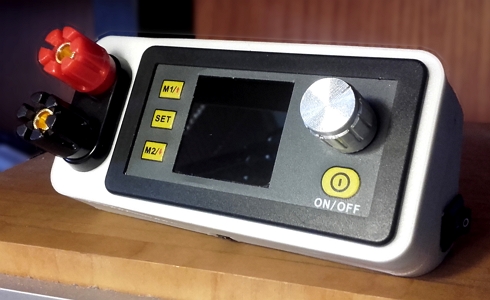
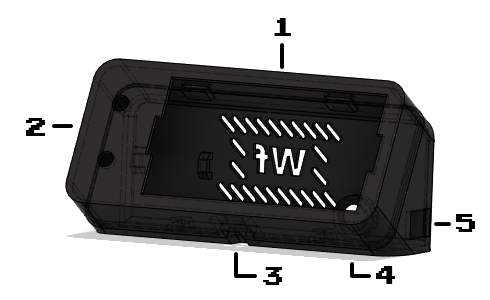
- Holes for venting
- Holes for banana plug poles
- The two halves of the case are tied together with one small zip tie in this spot
- Hole for installing a female DC plug
- Square cutout for an on-off switch
The STL files for this casing can be downloaded here. They should be printed oriented as shown in the next image:
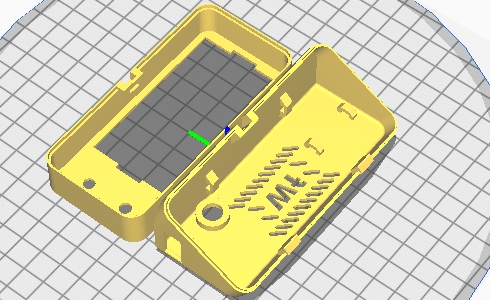
Alternatively, there are countless other designs available for 3D printing on thingiverse.
Other than 3D printing, a case could be made out of any small box.
Supplying the PSU
As stated above, the PSU accepts a DC input of maximum 23V. The higher the input the more range its output will have in voltage since the PSU operates in step-down mode. Ideally a 23V - 2A supply should be used. If such a supply is not available, any outlet adapter can be used. When using a random adapter to source the PSU it is important to note that:
- The output of the PSU will be capped at 3V lower than the supply voltage
- The adapter will most probably be rated lower than 40W and should not be used beyond its limits
A 12V/1A wall adapter could be used to supply the PSU but if the PSU tries to pull more than 12W of power, the adapter could be damaged.
Performance test
In this section the PSU is supplied with power from an outlet DC adapter and The PSU supplies 5V on a load of 10Ω. The output of the PSU is measured in constant voltage and constant current operation with an oscilloscope.
The adapter used is a chinese 12V / 3A AC/DC adapter. Adapter model: SW-K0120300-36.
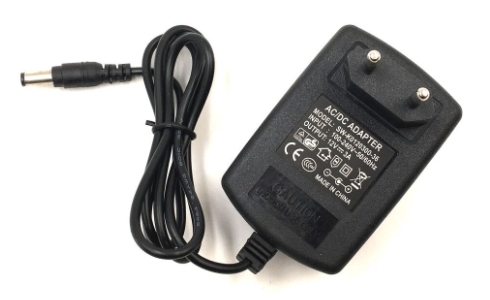
This is the output of the adapter when there is no load:
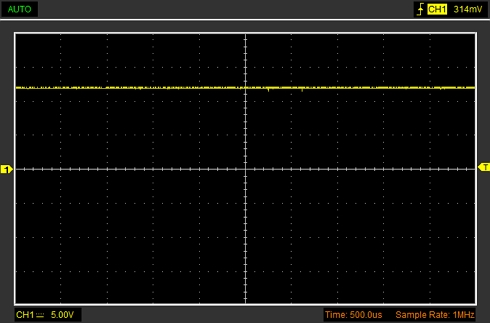
This is the adapter's output on a 10Ω load:
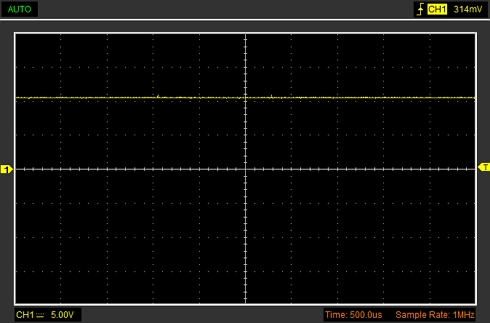
The oscilloscope used is a HANTEK model Hantek6022BL.
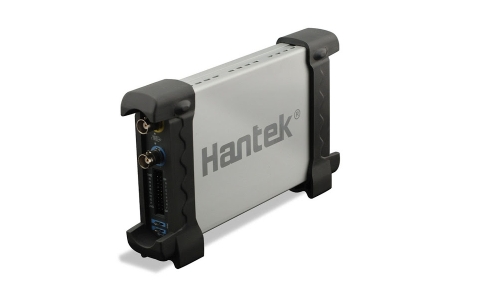
The testing setup is as shown in the next image.
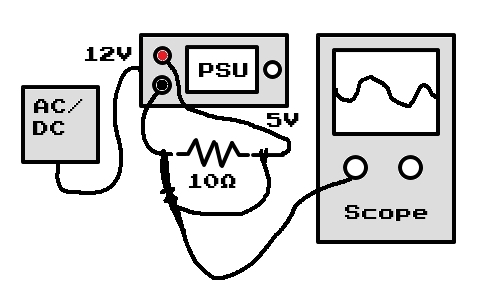
This is the PSU's output operating at constant voltage mode under a 10Ω load:
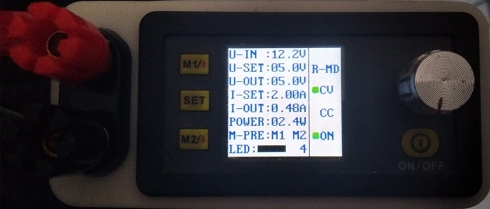
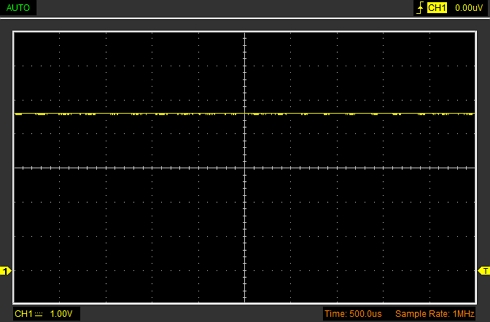
This is the PSU's output operating at constant current mode under a 10Ω load:
